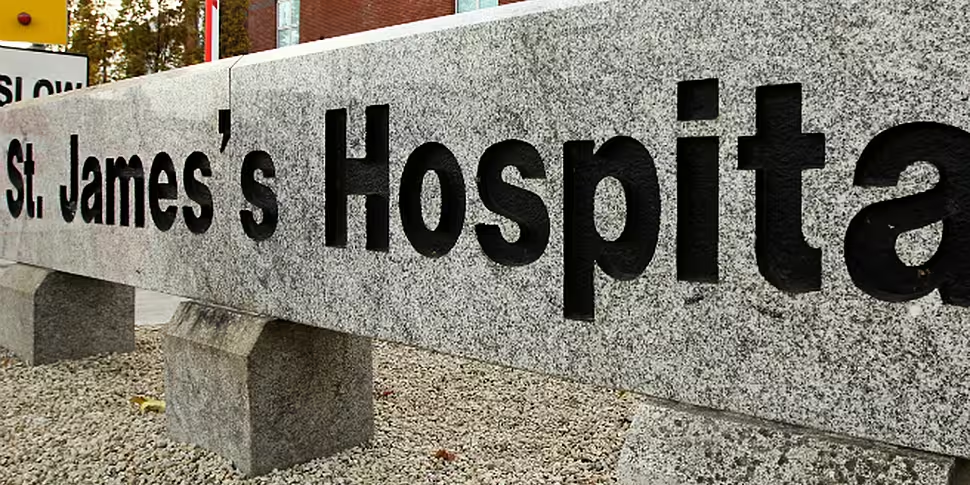An environmental study at the site of the proposed new Children’s Hospital at St. James's in Dublin found no evidence of a grave, or any significant archaeological feature.
The Development Board for the new children’s hospital have responded to claims that the site chosen for building is on the grounds “of an ancient mass paupers’ grave”, which could necessitate a delay on construction if the site was found to have had historical significance.
A statement from The National Paediatric Hospital Development Board, released today, said: “an Environmental Impact Study – which included an Archaeology Report - found no evidence of a grave or any other features of archaeological significance.”
The statement went on to say the findings of this study were “consolidated by further geotechnical surveys (Boreholes, Trial pits and Geophysics) recently carried out by the National Paediatric Hospital Development Board in preparation for the development of the new children’s hospital.”
“(N)o evidence of graves or other archaeological features were encountered. An archaeological report will be issued as part of the Environmental Impact Study for the new children’s hospital at planning application stage,” the statement added.
An Taisce heritage officer Ian Lumley told the Sunday Independent, on October 4: "The (Children’s Hospital) site was established in the late 17th Century as a pauper hospital, around the time of the Duke of Ormond, it subsequently became a work house complex and the location of a fever and isolation hospital."
These workhouses and isolation hospitals operating in Ireland in the 17th and 18th century would have used mass graves to bury the thousands who died from quickly spreading infectious diseases, such as cholera.
A commemorative stone dedicated to famine victims and any potential unmarked graves on the whole of the St James's campus is located on the eastern side of the campus.









